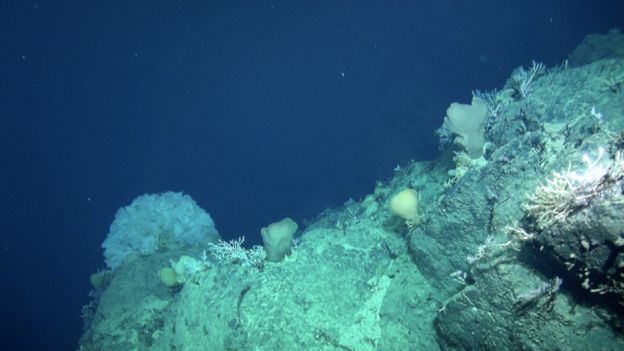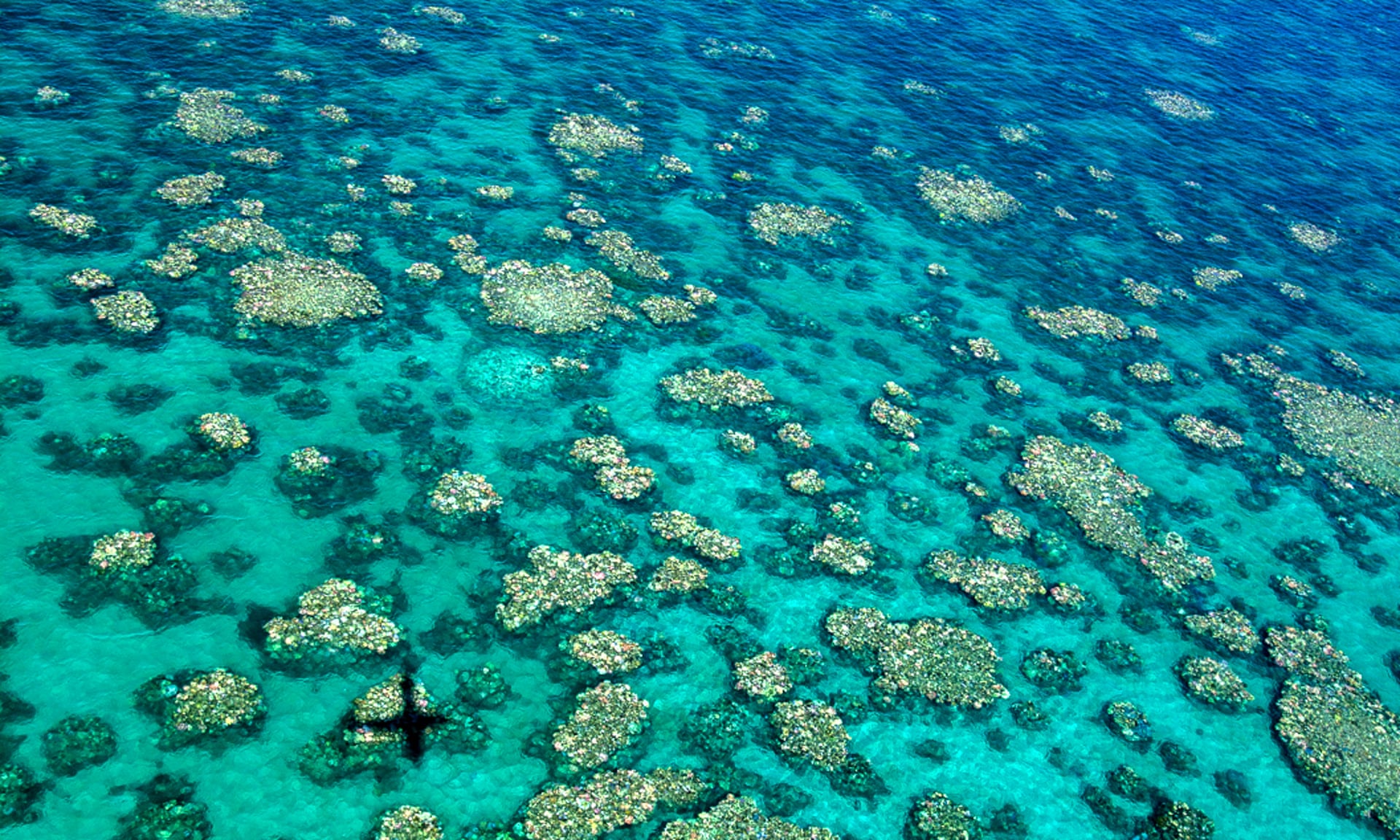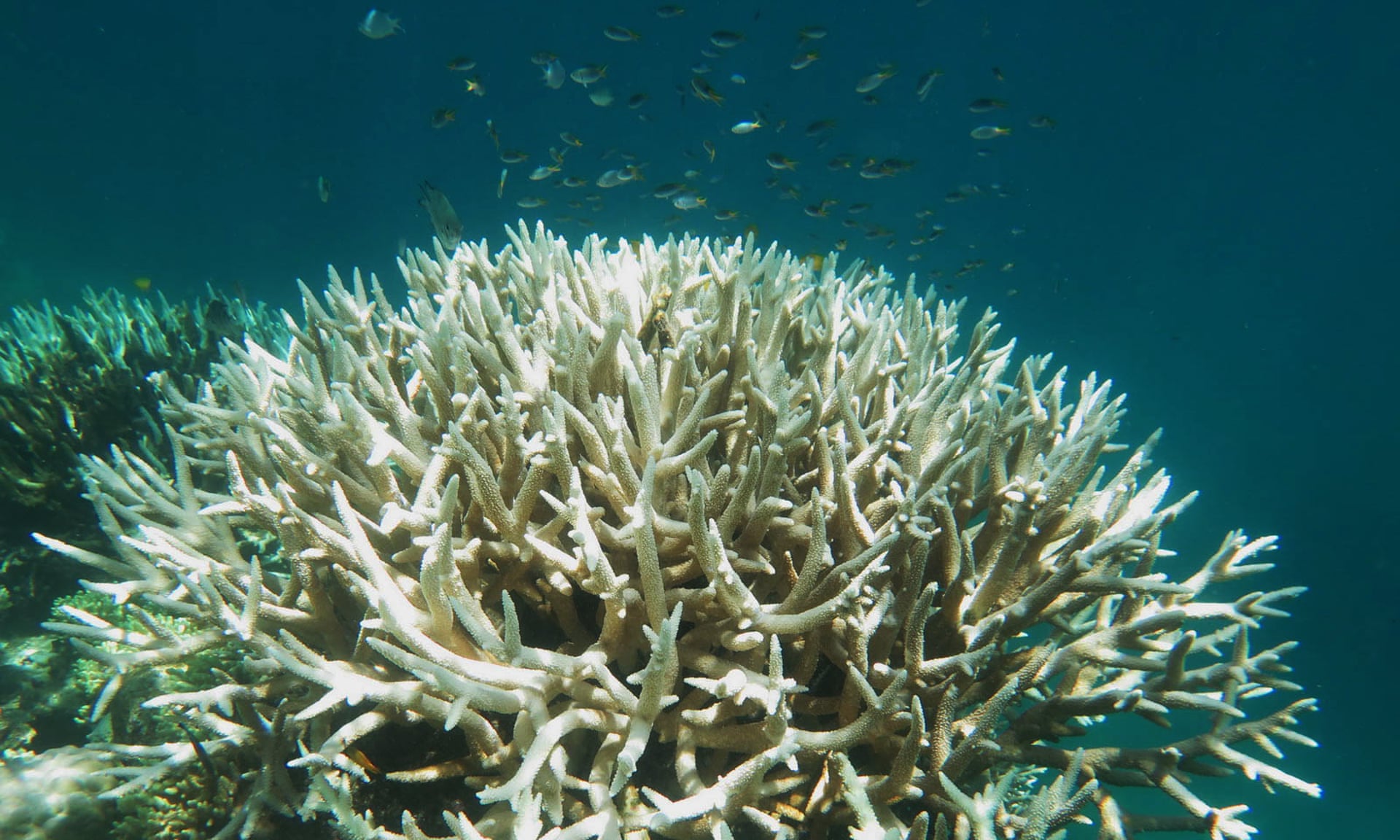USS Connecticut surfaces above the ice during ICEX 2011.
Flickr/U.S. Navy
From CIMSEC by Daniel Thomassen, Commanderin the Royal Norwegian Navy
The maritime region centered on the South China Sea has been a vital
international trade route and reservoir of natural resources throughout
modern history.
Today, its importance cannot be understated: half the
volume of global shipping transits the area, competition for energy and
fishing rights is intensifying between surrounding nations (with growing
populations), commercial interests are increasing, and regional
military spending increases lead the world.
Rivalry over resources and
security has triggered disputes about sovereignty and historical rights.
China has used its increasing relative power to aggressively claim
sovereign rights over two-thirds of the South China Sea within the so
called “Nine-Dash Line.”
Overlapping claims by the Philippines, Vietnam,
Malaysia, Brunei, Taiwan, and Singapore are being dismissed and have
sometimes resulted in armed confrontations.
Furthermore, the
construction of artificial islands and significant military
installations on reefs and rocks is underpinning Chinese sea control
ambitions within the “First Island Chain.”
This deteriorating security
environment threatens regional stability, adherence to international
law, and the freedom of the seas.
Furthermore, it has the potential to
escalate into conflict far beyond the levels of militarization and
skirmishes between fishing fleets, coastguards and navies seen so far.
The U.S. has been deeply involved in the creation and management of
the East-Asian state system since World War II, contributing to its
economic progress and security arrangements, which include alliances
with the Philippines, Japan and South Korea.
Thus, the
regional interests of the United States
include freedom of navigation, unimpeded lawful commerce, relations
with important partners and allies, peaceful resolution of disputes, and
the recognition of maritime rights in conformity with international
norms and law (with the provisions of the United Nations Convention on
the Law of the Sea (UNCLOS) in particular).
These principles are
universally applicable and must be upheld every time and everywhere to
be respected.
Regional countries are now reconsidering the relevance and
commitment of the balancing power of the U.S. in light of Beijing’s
dismissal of American concerns and bilateral initiatives towards its
smaller neighbors.
The
Arctic region similarly holds the potential for great power rivalry,
but in contrast offers a good example of peaceful settlement and
compromise.
The diminishing ice cap is causing a growing emphasis on
resources, international waterways, and commercial activity in the
Arctic, where there are also competing claims and great power security
interests represented.
However, the Arctic nations have chosen to
cooperate with regards to responsible stewardship and use UNCLOS and
supplementing treaties as the legal basis.
The cooperative framework is
constituted by the Arctic Council, the agreed adherence to international
law and arbitration tribunals, bilateral and multilateral treaties,
demilitarized zones, Incident at Sea agreements, joint fisheries
commissions, as well as the power balance between Russia and the NATO
alliance.
As a result, although there is potential for competition and
diverging national interests, mutually beneficial compromises and
diplomatic solutions to maintain stability and predictability are
preferred.
A map of claims on the Arctic seafloor. (Durham University)
Arctic Dispute and Resolution
Currently there are overlapping claims from Russia and Denmark for
the seabed under the North Pole (Lomonosov and Alpha-Mendeleyev Ridges)
under consideration by the Commission on the Limits of the Continental
Shelf, and Canada is preparing another competing claim.
These claims can
further be used as a basis for bilateral agreements on maritime
delimitations.
This was the case between Norway and Russia in 2010, and
there are prospects of a similar agreement between Russia and Denmark.
Such cooperative mechanisms, institutions and shared principles in the
Arctic are far more robust than comparable efforts in the Southeast
Asia, such as ASEAN or the “Declaration on the Conduct of Parties in the
South China Sea.”
The
Svalbard Treaty of 1920
set a standard for international governance, and was a bold and forward
looking concept when introduced almost 100 years ago.
The archipelago
was discovered by Dutch explorers in 1596, and resources were since
extracted by Holland, England, Russia, and Scandinavians.
Eventually,
the major powers voluntarily conceded sovereignty over the islands to
the young Norwegian state through a commission related to the Paris
Peace Conference after World War I.
The Treaty allows visa-free access
for citizens of signatory states, equal rights to extract natural
resources, freedom to conduct scientific activities, ensures
environmental protection, and prohibits permanent military
installations.
This agreement exemplifies the feasibility of imposing
restrictions on sovereign authority, the accommodation of the interests
of the parties, and adherence to non-discrimination principles.
Episodes of Confrontation
Much like the South China Sea, there have been clashes between the
coastal states in the Arctic.
Between 1958-1961 and in 1976, there was a
state of
armed conflict and diplomatic breakdown
between the United Kingdom and Iceland over fishing rights.
The Royal
Navy escorted British fishing vessels to confront the Icelandic Coast
Guard in the contested zone.
Shots were fired, ships were rammed and
seized, and fishing gear was cut loose from the ships in heated
skirmishes.
However, on both occasions it was the stronger power that
stood down to the weaker, as Britain finally recognized Iceland’s right
to protect its resources after significant international diplomacy that
included the forming of UNCLOS.
Icelandic patrol ship ICGV Óðinn and British frigate HMS Scylla clash in the North Atlantic in 1973. (Wikimedia Commons)
Other minor events in the Arctic include the
1993 Loophole dispute between Norway and Iceland, and
Hans Island,
the only unsolved territorial dispute, which is under negotiation
between Canada and Denmark.
The successful diplomatic de-escalation of
these cases is in stark contrast to the clashes between China and its
rivals in events like the
2012 Scarborough Shoal standoff, the 1995 occupation of Mischief Reef in the Spratlys, the 1988 battle over the Spratly Islands, the
1976 grab of the Paracel Islands, and of course the
blunt Chinese dismissal of the 2016 ruling from the International Arbitration Court against the legitimacy of the Nine-Dash Line claim.
China
has mostly shown an uncompromising attitude in the South China Sea
since the 1970s, without serious U.S.-led international efforts to check
its use of force.
But China too has occasionally demonstrated its
willingness to forward claims to international arbitration bodies, such
as its
2012 submission
to the Commission on the Limits of the Continental Shelf regarding the
East China Sea However, that effort must be viewed in context of the
ongoing efforts at the time to be accepted as observer in the Arctic
Council.
Applying Arctic Lessons
The recent row between the Chinese and the U.S. Navy over an Unmanned
Underwater Vehicle is symptomatic of the evolving problem, which must
be addressed by the new administration in the White House.
The South
China Sea currently constitutes the primary global hotspot where major
and regional powers’ vital interests and alliance commitments directly
clash.
A framework to manage this region must be negotiated by the two
superpowers primarily and supported by the other involved nations.
It
requires the will to compromise and the pursuit of mutual interests
while looking forward – a set-up which could benefit from the indicated
transactional policy approach of President Trump.
Any long-term solution
would have to accommodate legitimate Chinese demands for security and
resources.
But, the U.S. must commit strongly by dedicating all
available instruments of power (diplomatic, information, military, and
economic measures) to impose negative consequences unless China is
willing to negotiate from its strong position.
Furthermore, the U.S. must uphold the same standards and make concessions itself.
It must therefore
expediently ratify UNCLOS
with its international tribunals and vow to respect the treaties that
must be created to regulate sovereignty, demilitarization, commercial
rights and responsibilities to protect fish stocks and the environment.
Chinese concerns about the “One China Policy,” American forward basing,
and policy on the Korean peninsula must also be on the table, as well as
cooperation on regional trade agreements.
Chinese J-11 fighter jet is pictured on the airstrip at Woody Island in the South China Sea in this March 29, 2017 handout satellite photo.
CSIS Asia Maritime Transparency Initiative/DigitalGlobe/Handout via Reuters
While state security can be achieved in the South China Sea through
treaties, demilitarization, power balance and predictability, the
conditions for prosperity flow from similar efforts.
As demonstrated in
the Arctic, good order at sea and responsible stewardship encourages
investments and lay the foundation for cooperative ventures that are
mutually beneficial.
Uncontested sovereignty and fair trade regulations
are incentives for developing expensive infrastructure necessary for
harvesting resources under the seabed.
The inevitable link connecting
China and the U.S. is the economic dependency between the two largest
economies in the world.
So far, they have both
unsuccessfully introduced regional free trade initiatives
in order to create beneficial terms for themselves such as the Regional
Comprehensive Economic Partnership agreement and the Trans Pacific
Partnership respectively.
An obvious flaw with these proposals is that
they have excluded the opposite superpower.
Since both countries are
indispensable trading partners to most others, a cooperative effort to
create trade agreements would benefit both and could not be ignored.
Although unresolved sovereignty issues in the South China Sea make it a
tough case, there is a model to study and lessons to be learned in the
cooperative management of the Arctic region (as well as the 1959
Antarctic Treaty and the 1936 Montreux Convention).
However, controlling
the impulses of a great power to dominate its surroundings requires a
massive international diplomatic effort, creating alternative mutually
beneficial conditions and a proper balancing of military power.
Active
U.S. presence and regional capability is fundamental to maintaining a
balance and influencing the shaping of a cooperative environment.
But
first and foremost, there is a requirement for building trust and
confidence through long term commitment to international cooperation,
predictability and clear intentions.
For a start, the good examples from
the Arctic have been shared with China, Japan, India, the Republic of
Korea and Singapore – all of which are involved or have vital interests
in the South China Sea dispute – since they became observer states to
the Arctic Council in 2013.
Likewise, the U.S. can also benefit from its
experience as an Arctic nation, and from the insight gained from
holding the chairmanship of the Arctic Council since 2015.
Moving
forward, the Arctic offers successful governance lessons that can be
applied to the South China Sea in order to maintain stability and ensure
prosperity for all.
Links :














